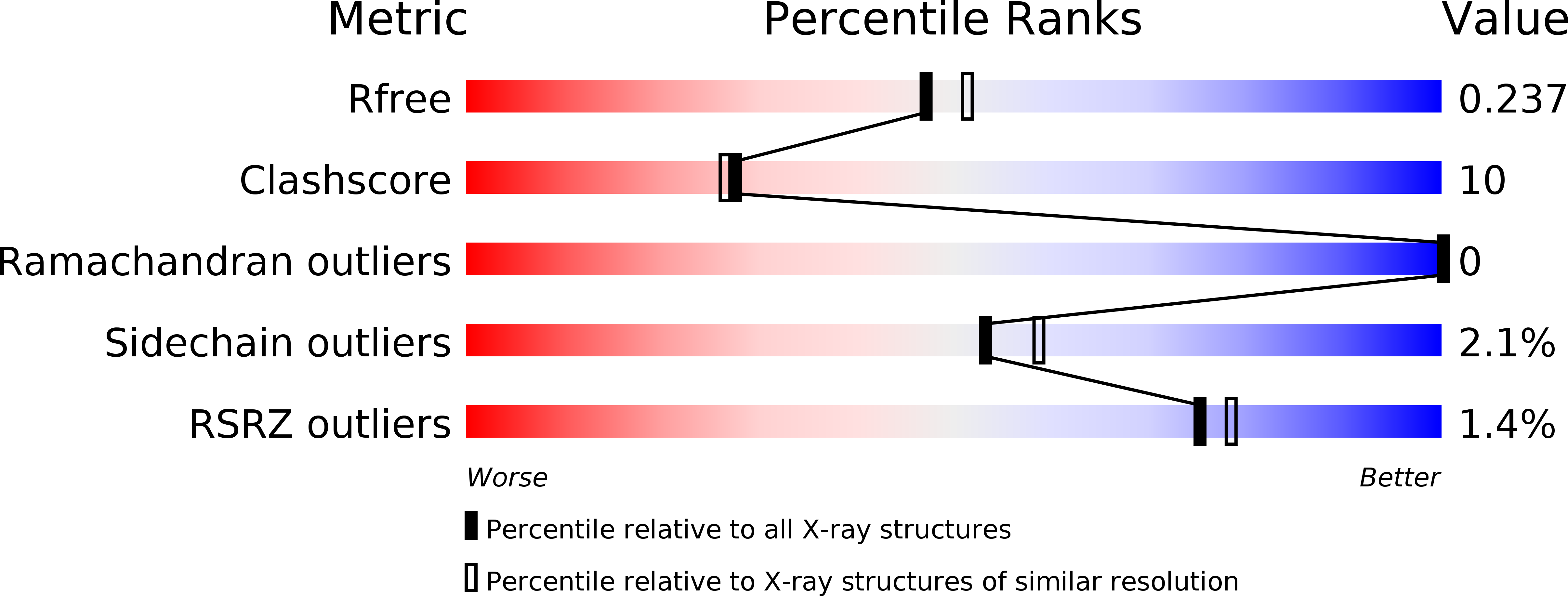
Deposition Date
2010-05-14
Release Date
2010-08-18
Last Version Date
2023-12-20
Entry Detail
PDB ID:
2XEE
Keywords:
Title:
Structural Determinants for Improved Thermal Stability of Designed Ankyrin Repeat Proteins With a Redesigned C-capping Module.
Biological Source:
Source Organism:
SYNTHETIC CONSTRUCT (Taxon ID: 32630)
Host Organism:
Method Details:
Experimental Method:
Resolution:
2.10 Å
R-Value Free:
0.24
R-Value Work:
0.17
R-Value Observed:
0.17
Space Group:
P 31 2 1


